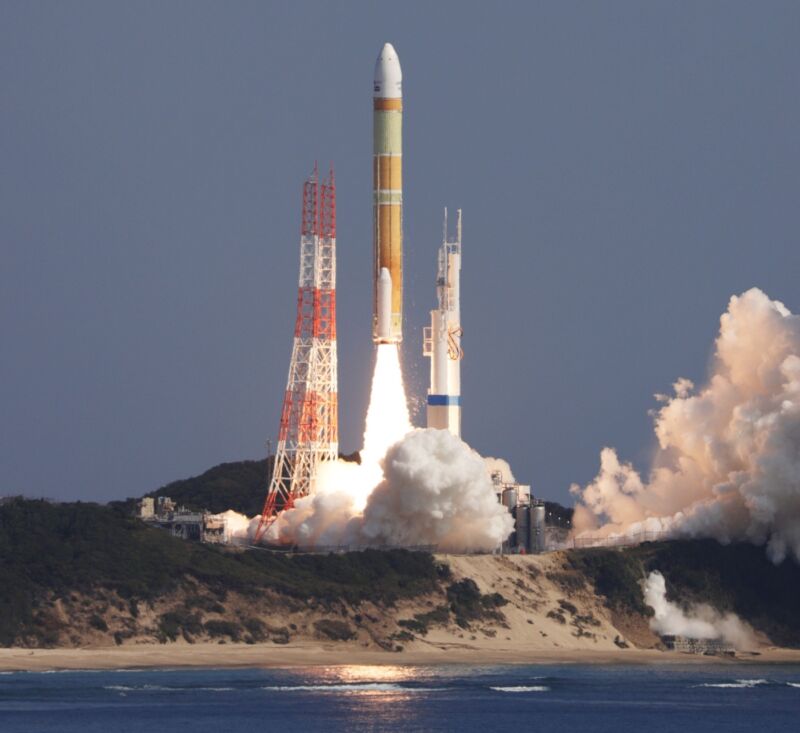
The launch of Japan's H3 rocket on Tuesday morning, local time in Tanegashima, failed after the vehicle's second-stage engine did not ignite.
In a terse statement on the failure, Japanese space agency JAXA said, "A destruct command has been transmitted to H3 around 10:52 am (Japan Standard Time), because there was no possibility of achieving the mission. We are confirming the situation."
The Japanese space agency, in concert with the rocket's manufacturer, Mitsubishi Heavy Industries, has spent about $1.5 billion developing the H3 rocket over the last decade. Much of the challenge in building the new rocket involved development of a new LE-9 engine, which is fueled by liquid hydrogen and liquid oxygen, to power the first stage. This appeared to perform flawlessly. The second-stage engine that failed, the LE-5B, was a more established engine.
The country has sought to increase its share of the commercial launch market by building a lower-cost alternative to its older H2-A vehicle to more effectively compete with SpaceX's Falcon 9 booster. Mitsubishi's goal was to sell the H3 at $51 million per launch in its base configuration. This would allow the company to supplement its launches of institutional missions for the Japanese government with commercial satellites. Tuesday's debut flight of the H3 rocket carried the Advanced Land Observing Satellite-3 for the Japanese government. It was lost.
Japanese officials expressed dissatisfaction after the rocket's failure. Japan's minister of Education, Culture, Sports, Science, and Technology Science, Keiko Nagaoka, said the launch failure was "extremely regrettable." She added that a task force would work with JAXA to "promptly and thoroughly" determine what caused the failure.
During a post-launch news conference, JAXA President Hiroshi Yamakawa apologized for "failing to meet the public's expectations." He promised the agency would "devote itself to finding out the cause of the issue and restoring public trust." It was unclear how long the H3 program would stand down to investigate the failure and identify a solution.
These comments reflect Japan's pride in its launch program, which is decades old and has a fine safety record.
The failure is just the latest challenge for the H3 rocket. A fundamental problem with the booster is that, even if it were to fly safely, the H3 rocket has no clear advantages over the Falcon 9, which now has a streak of more than 170 consecutive successful launches. The new H3 rocket is also fully expendable, unlike the Falcon 9 and many newer boosters in development in the United States and China.



3175x175(CURRENT).thumb.jpg.b05acc060982b36f5891ba728e6d953c.jpg)

Recommended Comments
There are no comments to display.
Join the conversation
You can post now and register later. If you have an account, sign in now to post with your account.
Note: Your post will require moderator approval before it will be visible.